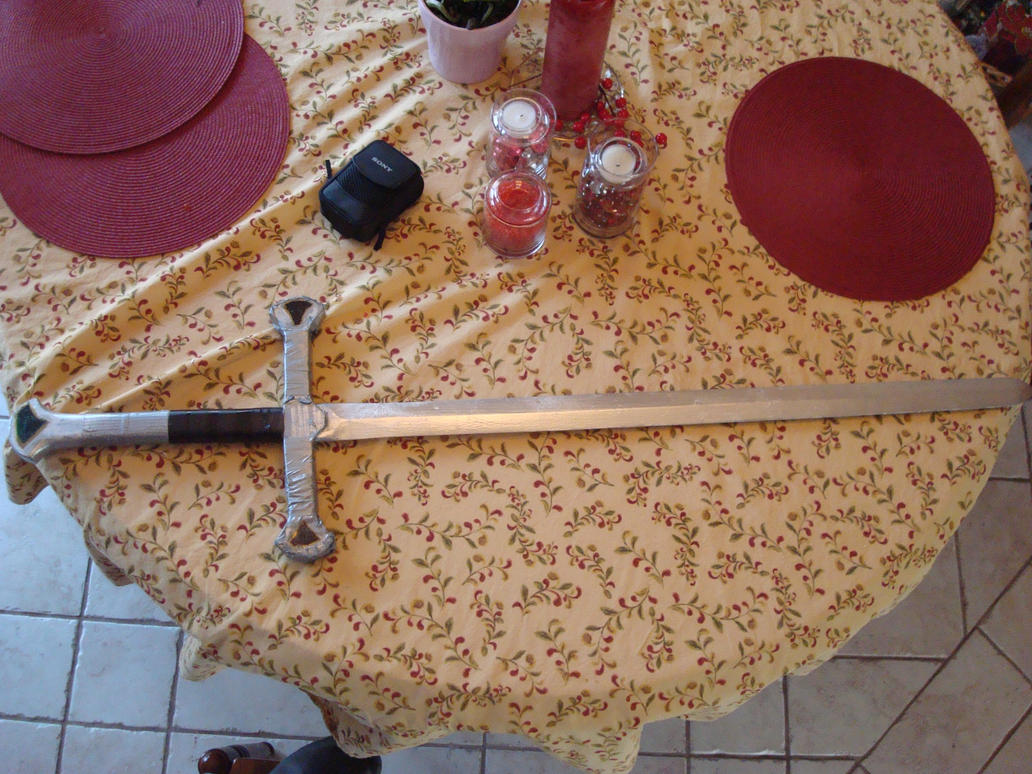GatorDave113
Jr Member
Hey RPF,
I've been a part of this community for a couple of months now and so far the hardest obstacle to overcome has been trying to figure out what projects I can undertake without drowning in the learning curve or being buried by the cost of materials and tools. I've started a couple projects that didn't seem daunting at first, but I soon figured out that I just didn't have the skills or resources to really accomplish what I was setting out to do. This brings me to my question. What were some of your early projects as makers? How did you get around not having the right tools or skills to get those first projects done? What were some early mistakes you made that you would do over? What would you suggest as a starting project/resource for a 22 year old college kid with some spare time?
Sincerely,
GatorDave
I've been a part of this community for a couple of months now and so far the hardest obstacle to overcome has been trying to figure out what projects I can undertake without drowning in the learning curve or being buried by the cost of materials and tools. I've started a couple projects that didn't seem daunting at first, but I soon figured out that I just didn't have the skills or resources to really accomplish what I was setting out to do. This brings me to my question. What were some of your early projects as makers? How did you get around not having the right tools or skills to get those first projects done? What were some early mistakes you made that you would do over? What would you suggest as a starting project/resource for a 22 year old college kid with some spare time?
Sincerely,
GatorDave








